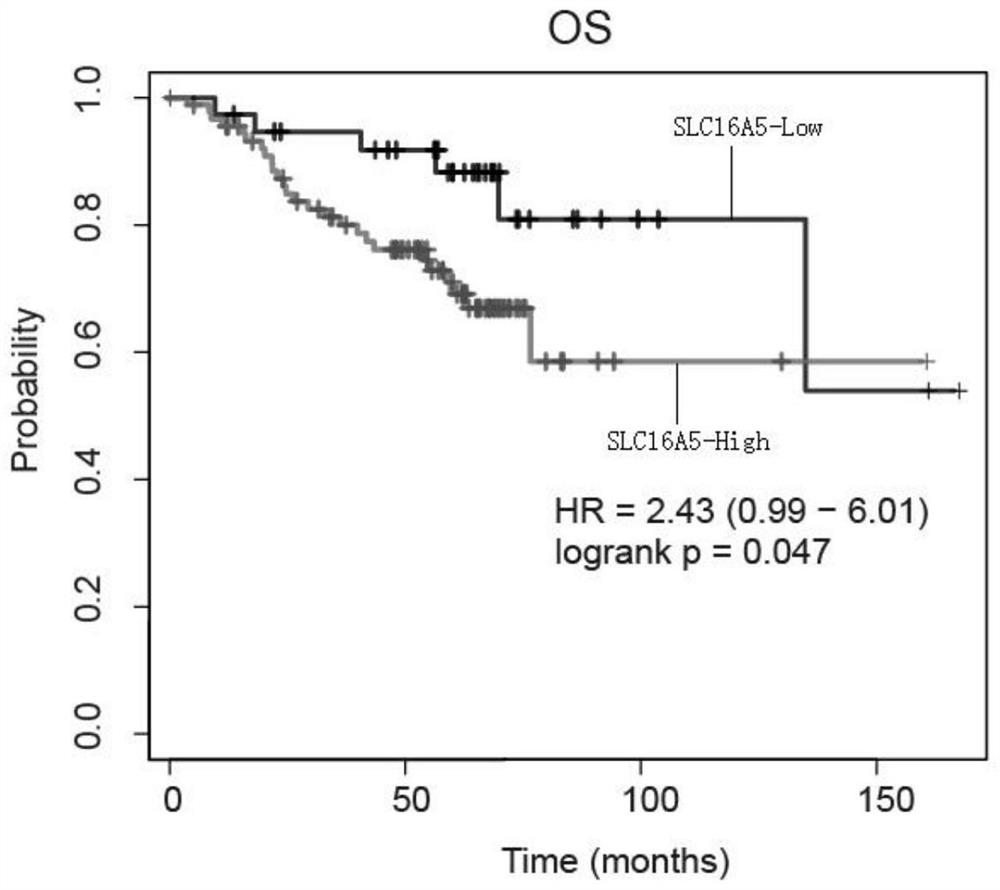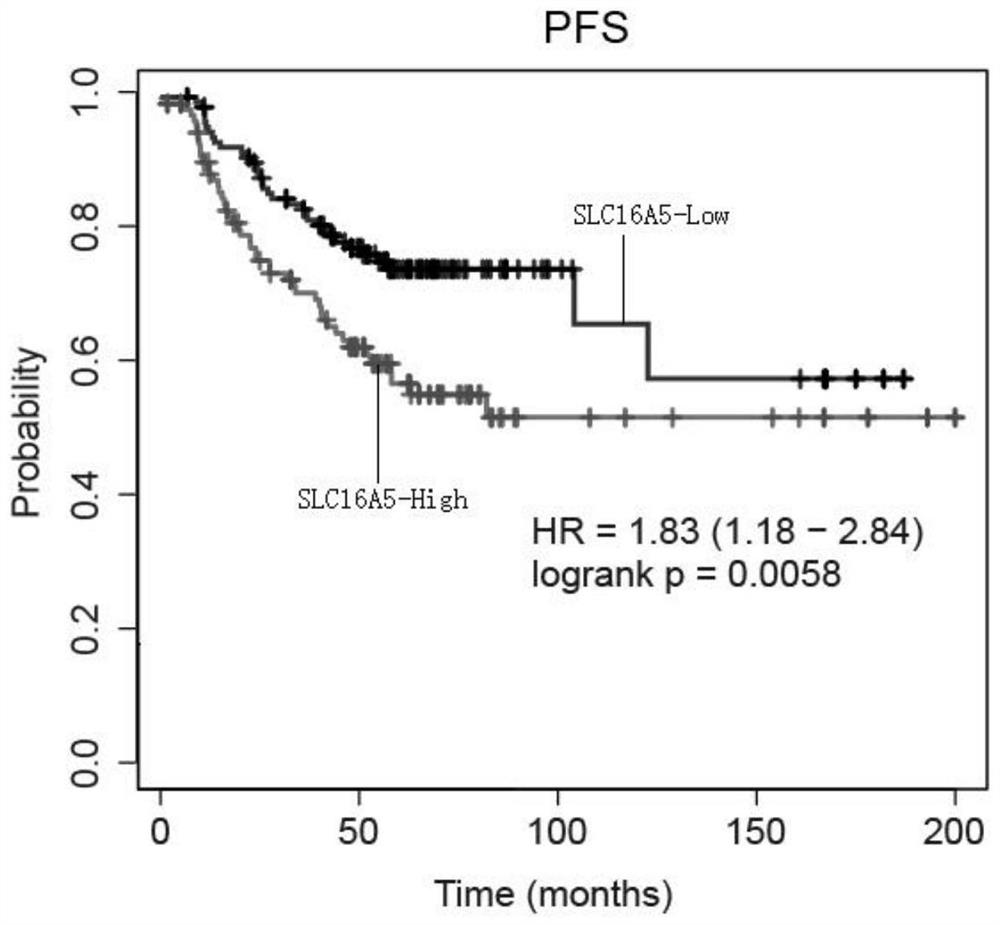Breast cancer prognosis marker and application
A technology for markers and breast cancer, which is applied in the determination/inspection of microorganisms, biochemical equipment and methods, DNA/RNA fragments, etc., can solve the problems of difficult detection results, inconsistent evidence levels, unstable positions, etc. Effects on popularization and application, good application prospects, and improvement of detection rate
- Summary
- Abstract
- Description
- Claims
- Application Information
AI Technical Summary
Problems solved by technology
Method used
Image
Examples
Embodiment 1
[0019] In-depth analysis of the functions of tumor center and tumor margin differential epitopes (CPDEs) revealed that CPDEs are involved in biological processes related to tumor hypoxia. Further, by integrating TCGA and GEO data (including gene expression profiles and DNA methylation profiles of the disease group and normal control group), it was revealed that the tumor center was in a hypoxic state compared with the tumor edge. Finally, the study found that the intratumoral heterogeneity generated by CPDEs with lower methylation in the tumor center than the tumor edge was related to the hypoxic microenvironment, and the hypoxic microenvironment of the tumor can change the epigenetic state in the tumor. By constructing a random forest model, DNA methylation signatures indicating intratumoral heterogeneity can predict tumor hypoxia, and they were found to correlate with patient prognosis. Hypoxia plays an important role in tumor progression, invasion, and resistance to radioth...
PUM
 Login to View More
Login to View More Abstract
Description
Claims
Application Information
 Login to View More
Login to View More - R&D
- Intellectual Property
- Life Sciences
- Materials
- Tech Scout
- Unparalleled Data Quality
- Higher Quality Content
- 60% Fewer Hallucinations
Browse by: Latest US Patents, China's latest patents, Technical Efficacy Thesaurus, Application Domain, Technology Topic, Popular Technical Reports.
© 2025 PatSnap. All rights reserved.Legal|Privacy policy|Modern Slavery Act Transparency Statement|Sitemap|About US| Contact US: help@patsnap.com



